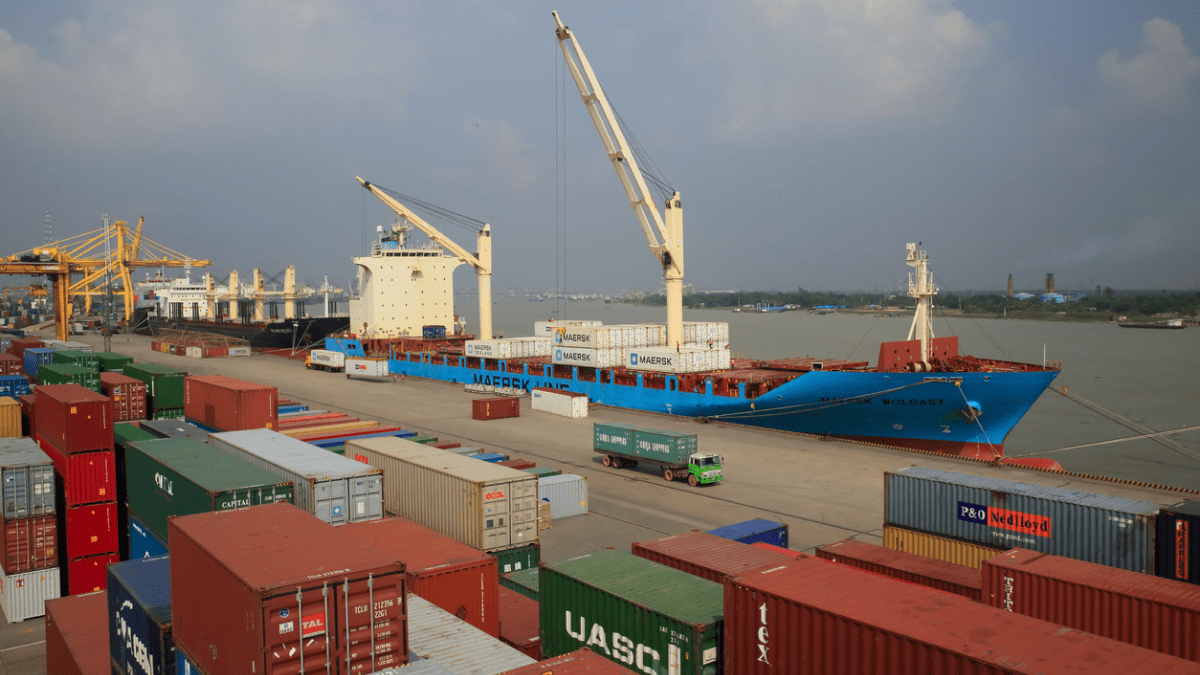Guest blog by Fabian Klinge, LEG’23
The past ten weeks have been a fantastic learning journey for me. The course has managed to strike an ideal balance between policy and implementation – between cutting-edge theoretical approaches to analyzing growth challenges on the one hand, and practice-based strategies for bringing about change in real-world (development) settings on the other.
As Michael Graetz and Ian Shapiro put it in their 2020 book, The Wolf at the Door, “Policy without politics [is] empty, politics without policy is blind.” My key takeaway from Leading Economic Growth is that the course taught me a way of doing development that avoids both the fallacy of promoting sound policies in a political vacuum and the deception of doing what’s practically feasible but ineffective, and thus might end up leading to an outcome even worse than the status quo. With the Theory of Economic Complexity and Product Space, Growth Diagnostics, the PDIA implementation approach, as well as the concept of High-Bandwidth Policymaking, I feel equipped with a wonderful toolbox whose components were all developed in different environments for different purposes, but nevertheless share a great deal of overlap. Experimenting with different ways to combine and apply them in my own work settings will keep me busy for a long time to come.
For a deeper understanding of my growth challenge, the application of the problem construction and deconstruction techniques of the PDIA approach in combination with a Growth Diagnostics analysis proved to be tremendously fruitful. The insight that in order to achieve effective results, one must focus on the binding constraint(s) and how to identify such, provides an evidence-based anchor for strategy development. As such, this is extremely helpful in ensuring that one is working on the issues that really matter and that can actually make a difference. The more I worked on the different stages of PDIA, the more my focus shifted from “obstacles to overcome” (in my case: Bangladesh’s incumbent business elite whose business model could be undermined by diversification of the export economy) to “opportunities to create” by constructing and deconstructing the problem in a way that makes key stakeholders (especially policymakers, other factions of the elite) recognize the attractiveness of change.
The concept of High-Bandwidth Policymaking and High-Bandwidth Organizations has really opened up a new way of thinking for me about what we should be striving for in building state capability. I feel that I still haven’t fully understood how high bandwidth features could be developed in the government organizations we work with in our development setting. But the concept definitely provides me with a novel sort of North Star that I will keep in mind when designing capacity development interventions.
Thinking about how this already excellent course could be improved even slightly, I would say that two topics could play a more prominent role. First, I was surprised that gender was not part of the curriculum at all, and I believe that some of the topics could benefit from the integration of a gender perspective, most clearly the topic of inequality. But it does not have to stop there: for example, there exists interesting research according to which gender inequality reduces the diversity of the (export) economy, particularly in developing countries, and it seems, a somewhat similar argument can be made for the growth-enhancing potential of gender-inclusiveness as Ricardo made for work-migration and the engagement of return migrants.
Second, against the backdrop of a looming global environmental catastrophe, it seems all growth needs to be green growth from now on. While I really liked Ricardo’s insightful session on green growth and the implications of a new energy world for countries’ growth strategies, I’m wondering whether the green transition should not be featured in the course even more prominently – more as a cross-cutting theme of relevance to all of the course topics rather than just one of several topics the course discusses. For instance, the Growth Lab’s newly developed Green Complexity Index (GCI) and Green Complexity Potential (GCP) theory as well as the Green Growth Supply Chain Dashboard could be introduced alongside the Economic Complexity Theory and the Product Space, and it could be discussed how a sustainable growth strategy can be based on the integration of both sets of tools.
A perhaps less obvious way in which the course inspired me is that PDIA’s close analogies to the Agile project management approach made me realize that a good way to start moving my organization and the projects I work on more toward incorporating PDIA features might be to also establish a more Agile-based working approach within my direct work environment. After all, if a team is already using iterative forms of organizing internal work processes, designing development efforts in a similar spirit might not seem so far-fetched anymore. I have therefore enrolled in Google’s Coursera course on Agile Project Management and will try to explore whether Agile methodologies might provide an entry point for shifting our development approach in a more problem-driven and iterative direction.
Finally, I would like to express my heartfelt gratitude to the faculty and program staff for making this wonderful course possible!
This is a blog series written by the alumni of the Leading Economic Growth Executive Education Program at the Harvard Kennedy School. 58 Participants successfully completed this 10-week online course in December 2023. These are their learning journey stories.
